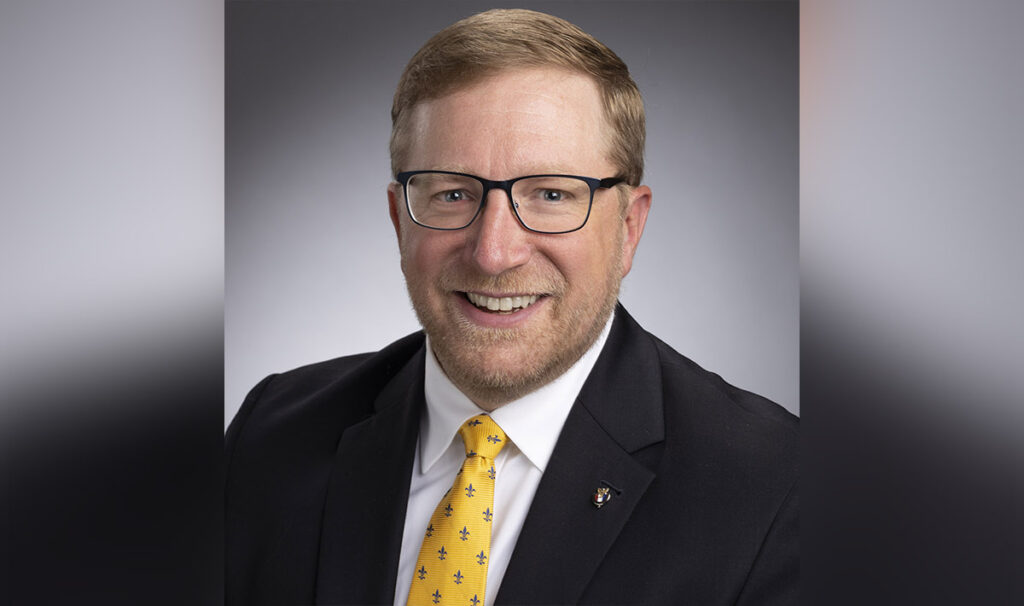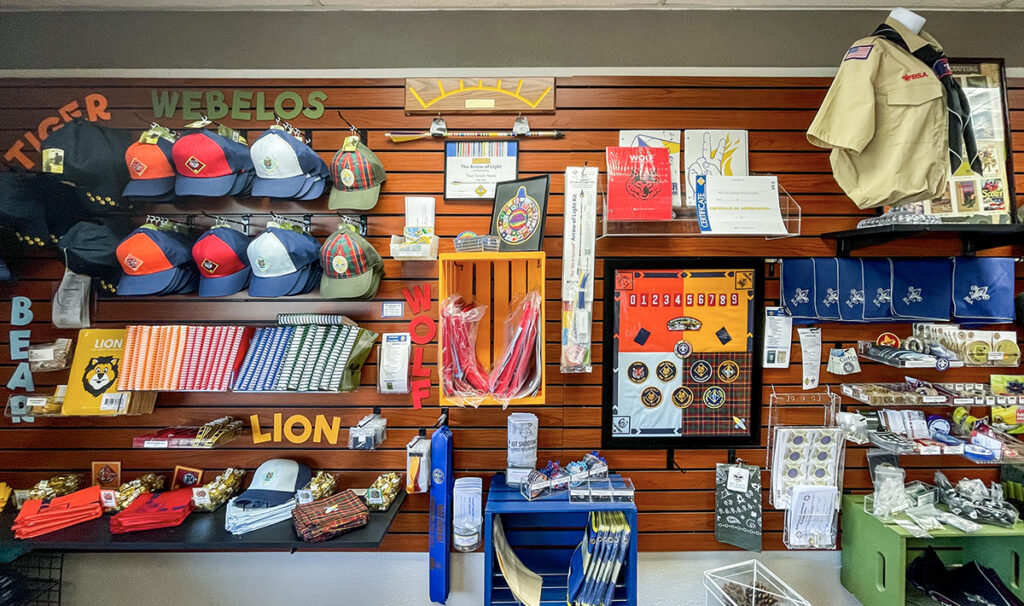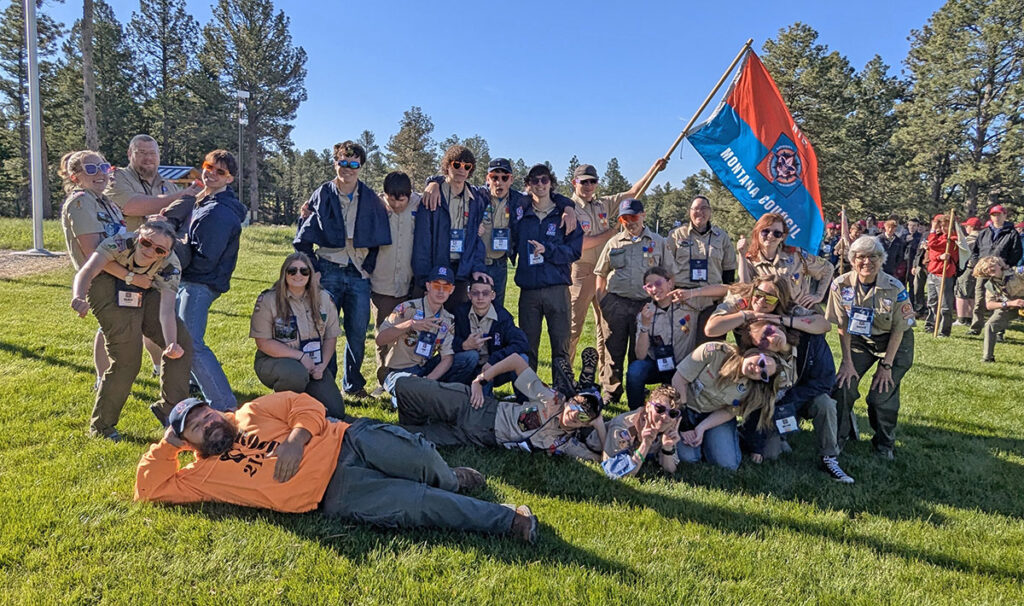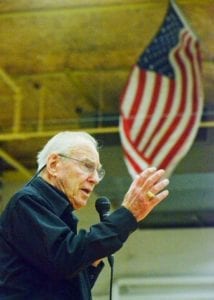
In 2013, Jim Lovell visited Bozeman High School to talk about his experiences in space, most notably as Commander of Apollo 13. Lovell famously led a team to the moon, demonstrating a little resourcefulness and a whole lot of bravery in the face of turmoil when an oxygen tank exploded en route.
“It shows what initiative, perseverance and leadership can do,” he told Bozeman High students, according to the Bozeman Daily Chronicle.
Most of us have seen the movie enough times to remember how incredible the story is, but many probably didn’t realize that Lovell — like a majority of astronauts before and after him — was a Boy Scout. After the early death of his father in 1933, Lovell and his mother moved to Milwaukee, Wisconsin, where Lovell achieved Eagle Scout rank.
There are plenty of exemplary astronauts who came from humble beginnings — and just as many, it seems, who came from Scouting backgrounds.
Stars Among Us?
At least two-thirds of the pilots and scientists selected as astronauts since 1959 were Scouts, according to Scouting Magazine. Of the twelve men to ever touch ground on the moon, eleven of them were involved in Scouting earlier in life: two Eagle Scouts, two Life Scouts, two First Class Scouts, two Second Class Scouts, two Tenderfoot Scouts, and one Cub Scout. Neil Armstrong — the first of them to land — was a passionate Eagle Scout, famously carrying his World Scout Membership Badge with him on the first lunar landing mission.
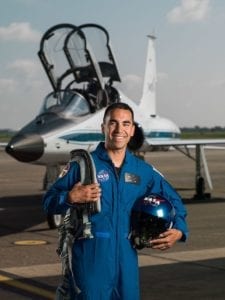
For those of us who were Scouts, this doesn’t really come as a surprise; the values and skills we learned growing up in a troop are certainly compatible with those required of a space explorer, if not the same. Scouts are considerate citizens and compelling leaders, and they each understand the value of being prepared for every outcome — all qualities found in America’s finest astronauts, like Lovell or Armstrong.
Scouts’ dedication to personal fitness also aligns with NASA’s astronaut requirements. Along with a related Bachelor’s degree and at least three years work experience, “the ability to pass the NASA long-duration astronaut physical” make up the three main requirements for becoming an astronaut. They list leadership, teamwork and communication as additional recommended skills.
In June 2017, NASA announced the latest astronaut candidate class after a record-breaking number of applications. Raja Chari, one of the twelve highly qualified individuals selected, earned his Eagle Scout designation and calls scouting one of the most important factors in shaping who he is today.
“I learned skill sets that have served me both personally and professionally,” Chari told Scouting Magazine in 2017. “I can think specifically to a time when I was doing survival training in the Air Force, and, to me, it was just like a cool camping trip because I got to apply some of the practices I learned in the Scouts. It really prepared me for my career.”
Space Exploration Merit Badge
The connection between Scouts and astronauts is so strong that BSA created the Space Exploration merit badge in 1965 to encourage aspiring star explorers all over the country. Since then, over 289,000 Scouts have added the badge to their sashes. To earn this badge, Scouts must not only understand the science and technology behind space exploration — demonstrated by the successful construction, launch, and recovery of a rocket — but also the history and politics involved.
Other helpful merit badges available to future galactic travelers? We’ve got a few suggestions: Inventing, Model Design and Building, Robotics, Nuclear Science, Gardening or Plant Science, and, of course, Astronomy. The resources for kids interested in space exploration have never been so plentiful or accessible, especially as a Scout.
Montana BSA members will have a special opportunity this coming February to earn specific merit badges, including the Space Exploration merit badge, while attending Merit Badge University on MSUB campus in Billings. Registration for the event begins in January, and be sure to have Level 3 Space Exploration requirements completed before coming to class!
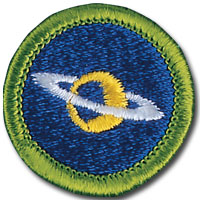

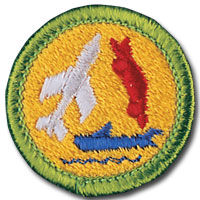
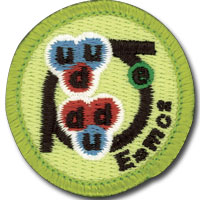
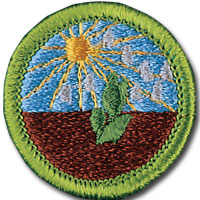

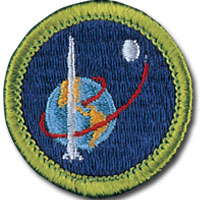
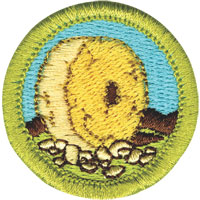
Badge photos courtesy of MeritBadge.org
Preparing for Liftoff
We’re proud of the long-standing relationship between BSA and some of history’s greatest astronauts, but we’re even prouder to see traces of that same greatness in Scouts every day. Scout stories like Raja Chari’s inspire us, our community and, of course, other Scouts. BSA will continue to offer a variety of specific merit badges that allow kids to develop and explore their interests … even if these interests are a little out of this world.

